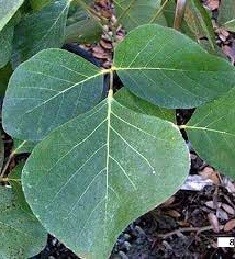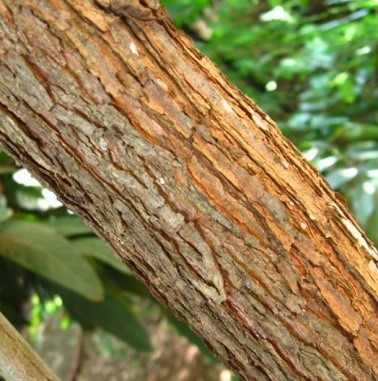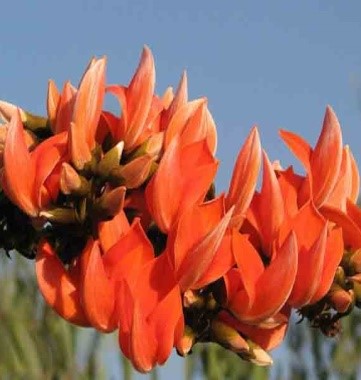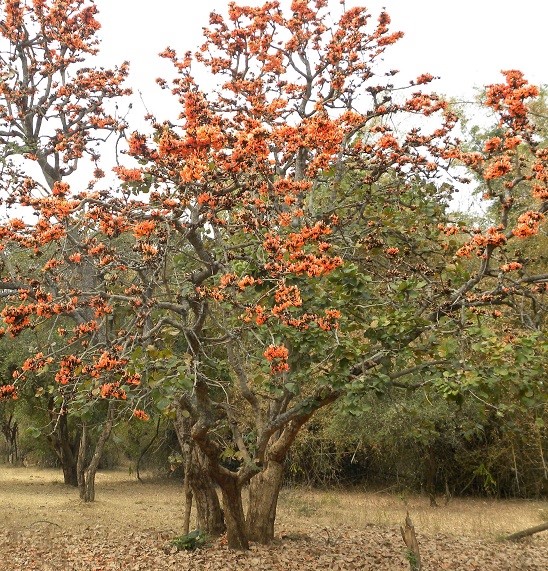Trees
Butea frondosa Koeing EX Roxb
Butea frondosa Koeing EX Roxb
Description :
A
small or medium sized deciduous tree with a crooked trunk and large irregular
branches. The leaves are compound with three leaflets. The leaflets are hard,
rigid and leathery smooth on top with silky hairs on the underside. The bark is
moderately thick, very fibrous and grey to light brown in color. The flowers
occur when the tree is leafless, March to April, and are in hanging bunches
that are between 10 to 18 cm long. Each flower is small, 3 to 5 cm long, bright
red tinged with orange. The pods mature in May and are long, thin and flat 10
to 20 cm long. Each pod contains only one seed. The wood is susceptible to
boring insects. It will reproduce from seed or by vegetative means.
Direct seeding has been reported to be more successful than planting. A
moderately fast-growing tree. Growth of 5 m in height and 20cm in diameter have
been recorded for an 8-year period. Soft and porous Grains having Specific
gravity of 0.54 with a calorific value of 4900 kcal/kg. Wood is Soft and not
durable.
Distribution :
Native
to tropical areas of the sub-continent. Commonly found in areas below 1200
meters. The tree is not found in arid regions but is found on the plains and in
the foothills of Jhelum valley and Sialkot Districts. The tree grows best on
black loamy soils but is well adapted to saline-alkali and waterlogged sites.
It is frost hardy and has a temperature range of -4 to 49°C. It prefers moist
sites with precipitation greater than 600 mm/yr. It is very intolerant.
Uses :
A
nitrogen fixing tree that has potential as a plant for saline-sodic,
waterlogged sites. Not a preferred fodder tree but should be considered as a
farm forestry tree since the leaves are eaten by buffalo. Can also be used for erosion control, gum from the bark,
fodder, fuel, host for the Lac insect, medicinal (oil from seed as
anthelmintic), fiber and an ornamental.



